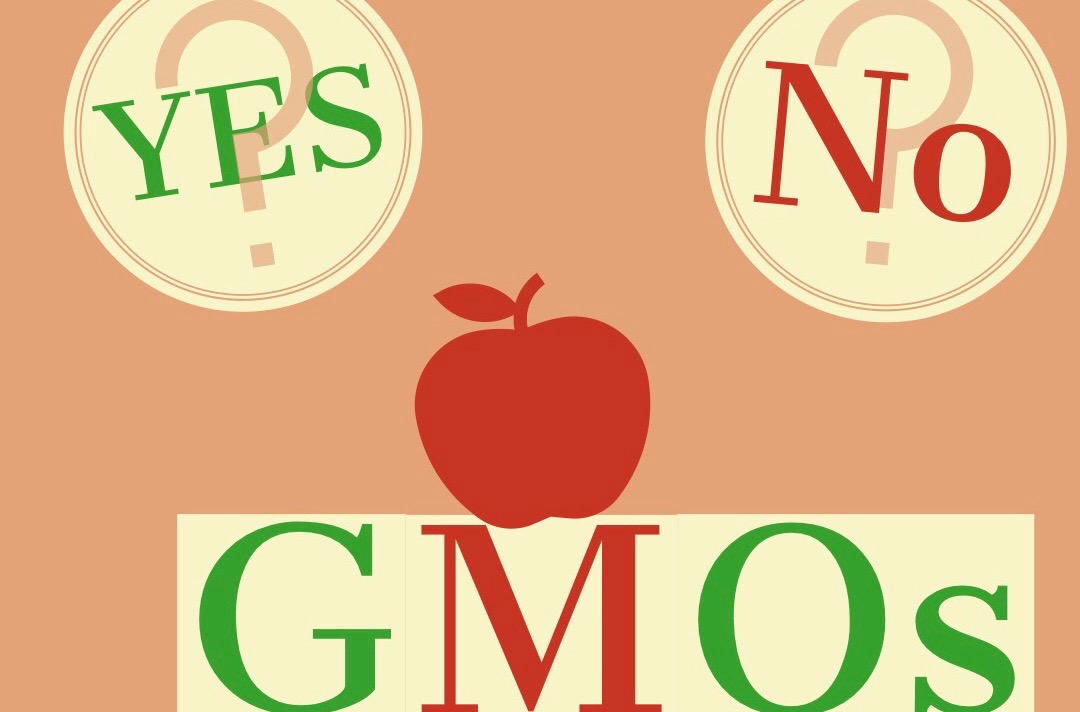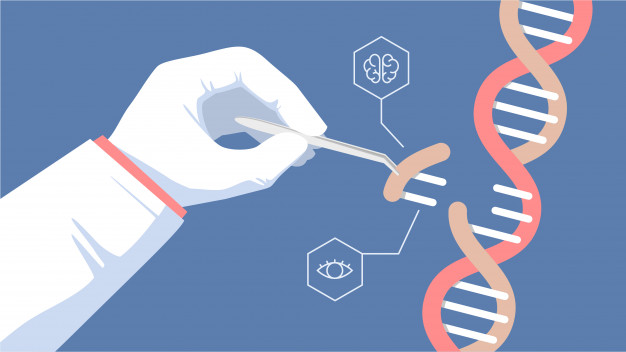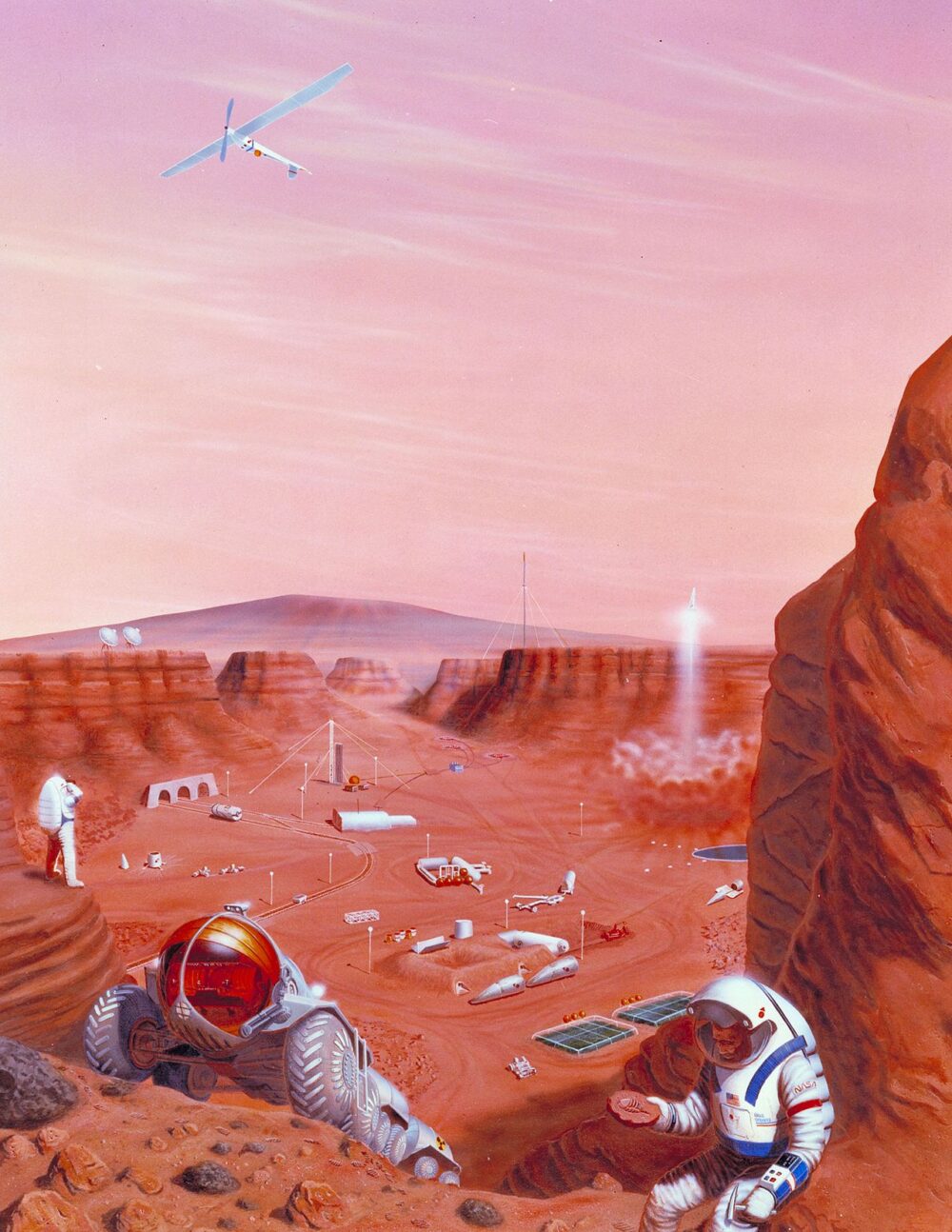
Affecting hundreds of millions of people per year (but predominantly pregnant women and children), malnutrition remains a major public health issue in developing countries. Malnutrition is a condition which may cause a heightened susceptibility to disease, impediment in growth and development in children, and in the case of millions of people per year, death. All of that, along with a multitude of other health issues. So what exactly is malnourishment?
Malnourishment can be summed up as the deficiency in a diet of certain essential nutrients. And while malnourishment can mean that a person eats too much of one type of food, we will instead focus on the under-nutritional side of malnutrition, that is when a person does not consume enough nutrients to meet their bodies essential nutritional requirements. A undernourished person may lack vitamins, proteins,carbohydratesand a variety of other essential nutrients, which can lead to a litany of other health issues. For example, a deficiency in Retinol(Vitamin A) can lead to blindness and degradation of epithelial cells, which are a vital part of the bodies immune system in way that these cells help protect against infections.
One problem residing in a lot of developing countries is that they are located in places of the world that lack the adequate climate required to grow the diverse array of crops needed to supplement the body with all of its essential nutritional requirements.
There are many different strategies currently in place to combat the crises of malnutrition. The problem with these strategies are that they are all depended upon international aid. These programs are often plagued by inconsistencies in external fundingwhich impedes their effort, making them more times than not, unsuccessful.
How can GMOs help ?
This is where GMOs come in. GMOs offer a viable long term solution independent of international aid. As stated in my previous article, GMOs There’re Not so Bad..No Really!, with GMOs, scientist are now able to safely engineer crops to not only present a higher crop yield feeding more people, but to also be more nutritious. A perfect example of this is The Golden Rice Project.
The Golden Rice Project
In 2012, the Well across the world the science is becoming more and more conclusive. the fact is with all the fear surrounding GMOs and after all the years of public consumption of GMOs crops by people and farm animals, none of that has been realized. GMO crops need to be embraced not for people like me that are blessed to live in places like America where there is an abundance of nutritional food, but for people in places like Asia and Africa that are malnourished and are dying from it.Worlds Health Organization estimated that 250 million preschool children worldwidesuffer from a Vitamin A deficiency and that a third of that number, around 2.7 million, will die as a result. Vitamin A deficiency is most prevalent in people who’s diets predominantly consist of rice (So mainly a lot of Asian countries. The Philippines and Bangladesh to name a few). Rice however, does not naturally contain any beta carotene, a substance that the body uses to convert to Vitamin A. In 1999, The Golden Rice Project was created by professors Ingo Potrykus and Peter Beyer with the intention of genetically engineering rice to produce the lacking beta carotene, and provide this genetically engineered rice to the millions in the regions where rice was the predominant source of nutrition.
However, the professors lacked cooperate support. They then proposed their idea to the Rockefeller Foundationand liking the professors idea to combat Vitamin A deficiency, the foundation backed their effort. Thus the Golden rice project was born.
Not everyone is supportive
There has been opposition the project however. Resistance to GMO crops exist unilaterally across the world and with deep social and cultural feelings of mistrust towards the crops, the rollout of The Golden Rice project has been a tumultuous one.
Firstly, people often fear things that they do not understand. Genetic Engineering is something that people do not understand. While this may be fair, the fact of the matter is that there are people that do understand genetic engineering and the consensus is that GMOs do not present a higher risk to your health more so than conventionally grown crops. Simply because a large part of a population fears something does not mean that another segment of the population should be condemned to malnutrition and death because of this fear.
There are also groups that claim golden rice produce too little beta carotene to be effective against Vitamin A deficiency. With 1.6 micrograms of beta carotene per gram of rice, according to an article on the genetic literacy project’s website “A person would have to eat 4 kg [8.8 pounds] of cooked rice, (assuming it was fully absorbed and eaten immediately after harvest with minimal cooking) to get the same level of vitamin A that one medium carrot or 1 tsp. parsley would provide,”This however relies on data that is almost 20 years old! These numbers are put together from data from the original variety of Golden Rice from the 1990s. The present and updated Golden Rice contains up to 23 times more beta carotene than the original rice. With a cup of rice from the present variety, a person could supply up to 50 Percentof their daily nutritional requirements to fulfill their bodies Vitamin A needs.
Where do we go from here
Well across the world the science is becoming more and more conclusive. the fact is with all the fear surrounding GMOs and after all the years of public consumption of GMOs crops by people and farm animals, none of that has been realized. GMO crops need to be embraced not for people like me that are blessed to live in places like America where there is an abundance of nutritional food, but for people in places like Asia and Africa that are malnourished and are dying from it.






1 thought on “Malnutrition, GMOs and The Golden Rice Project.”
Comments are closed.